Kozushi
Level 7 Valued Member
Thank you. Grand merci. I will be studying these quite a lot. Doing 100 too-big snatches is no problem for me, but doing 100 proper snatches within 5 minutes is a problem for me.Hello,
@Kozushi
As devil is in the details, here is an article with tips for snatch technique, if you did not already have it:
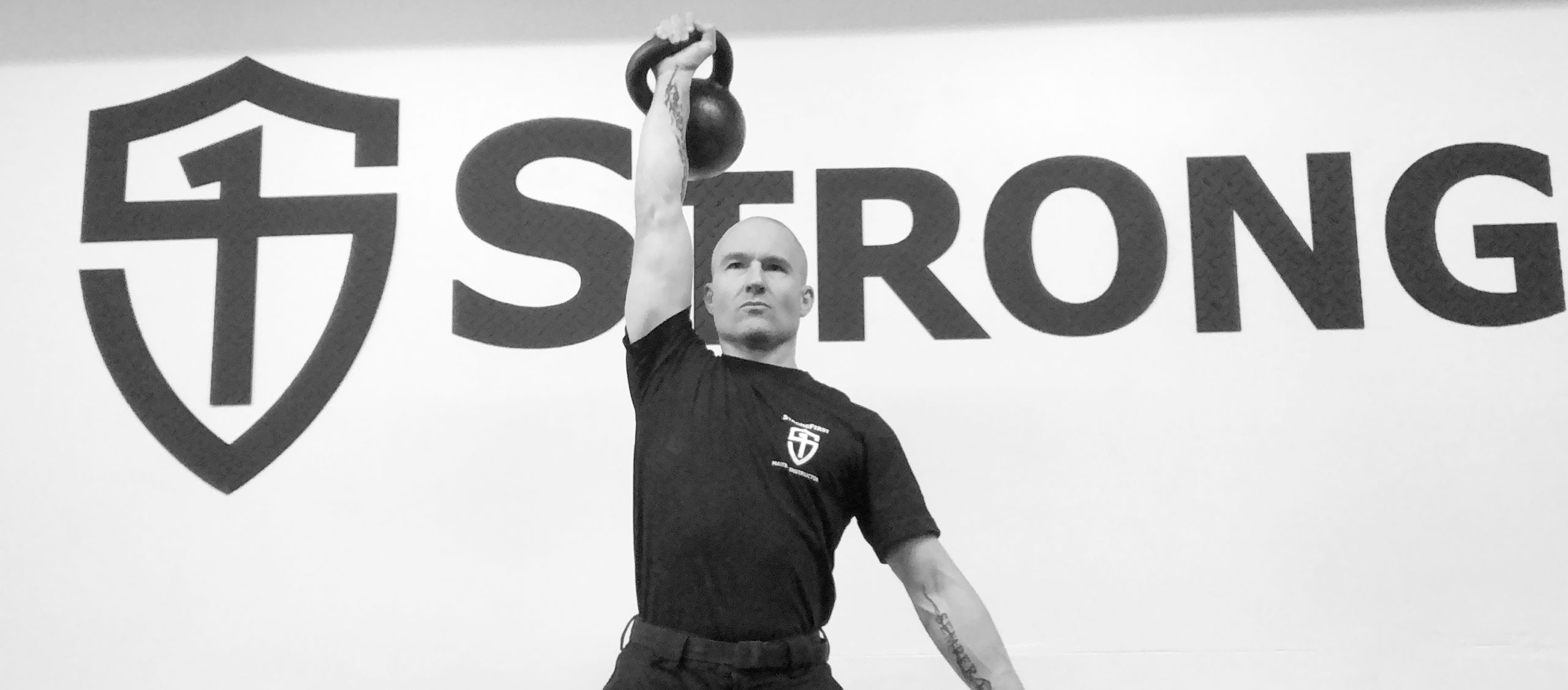
Lion’s Roar Kettlebell Snatch | StrongFirst
Perfect your kettlebell snatch technique with the Lion’s Roar.www.strongfirst.com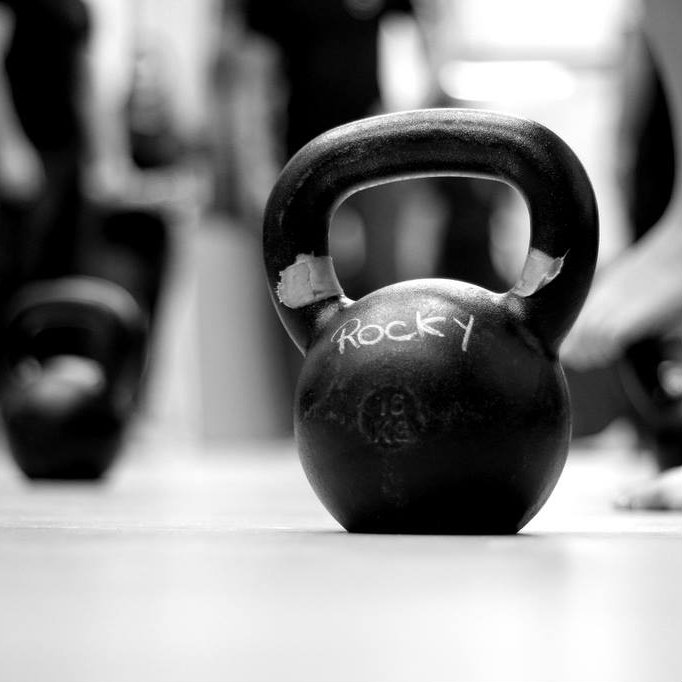
The Critical Difference Breathing Can Make in the Snatch Test | StrongFirst
We must practice proper breathing under extreme circumstances in order to have it become what feels most natural during competition.www.strongfirst.com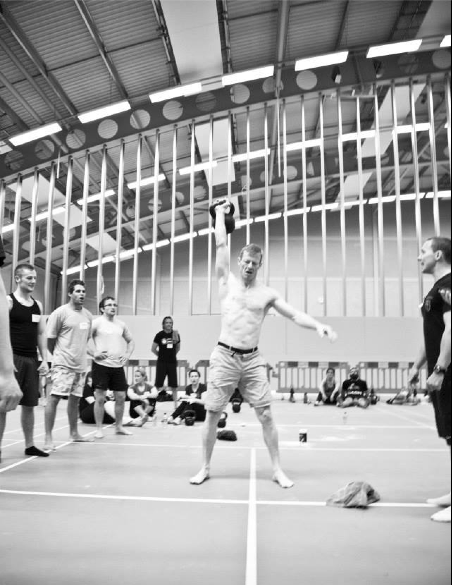
4 Tips to Make the SFG Snatch Test Easier | StrongFirst
This program can fit into your current training without interrupting it. It will make your SFG snatch test easier - and far less dramatic of an experience.www.strongfirst.com
Here are planning and pacing ideas:
Energy Systems and the Snatch Test | StrongFirst (this one may be great: high frequency, progressive increase in volume)
A Solid Game Plan for Acing the Snatch Test | StrongFirst (this one would be a peak programming leading to the certification)
Below a few other planning and pacing ideas
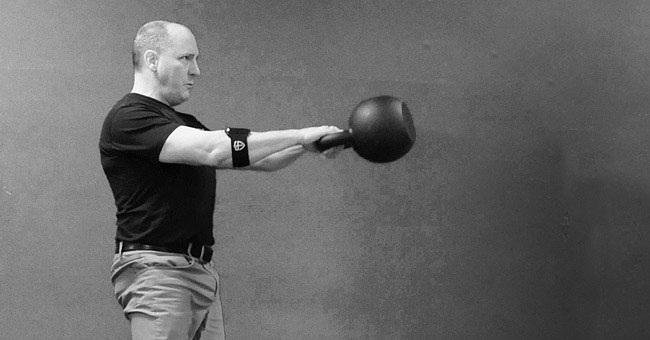
The Timeless Solution for Swings, Snatches, and More | StrongFirst
The performance strategy that prioritizes physiological progress by using the talk test and tracking your total session's duration.www.strongfirst.com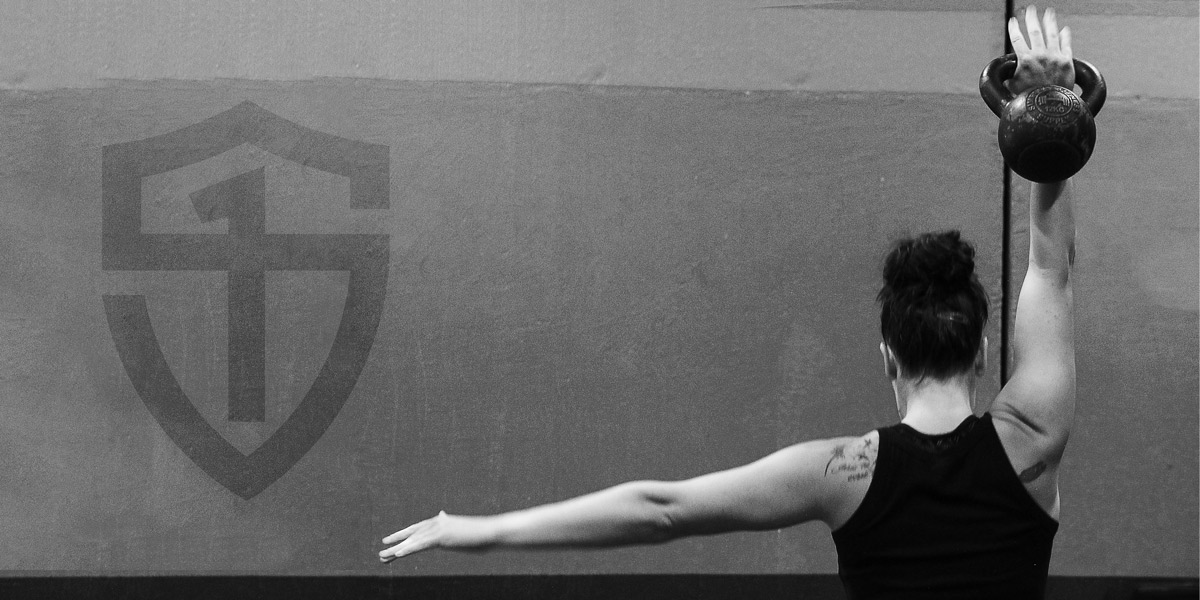
Ace your Snatch Test Training Plan | StrongFirst
Use this eleven week training plan to ace your kettlebell instructor snatch test while also improving your one-arm swing technique.www.strongfirst.com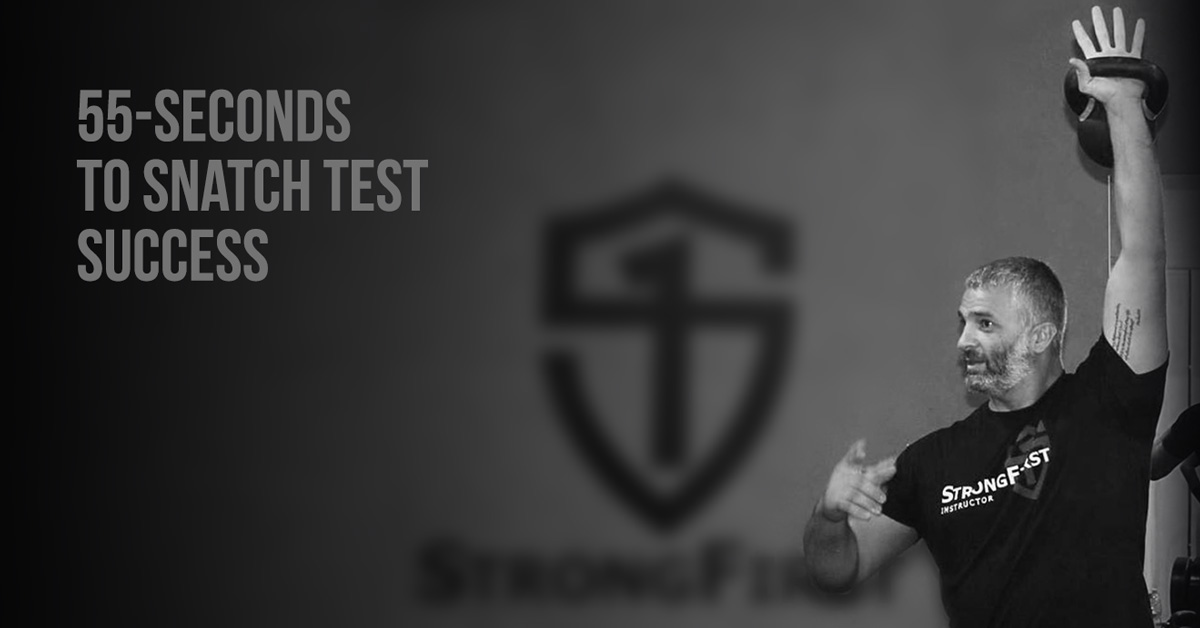
55-Seconds to Kettlebell Snatch Test Success | StrongFirst
Learn how the 55s interval snatch plan helps you avoid two common kettlebell snatch test pitfalls: heart rate peaking and rushing through.www.strongfirst.com
Hope that helps !
Kind regards,
Pet'
I think I like the move now, which is important, because I don't mind focussing on it. It almost seems like no other moves are really required for keeping fit.
Last edited:
